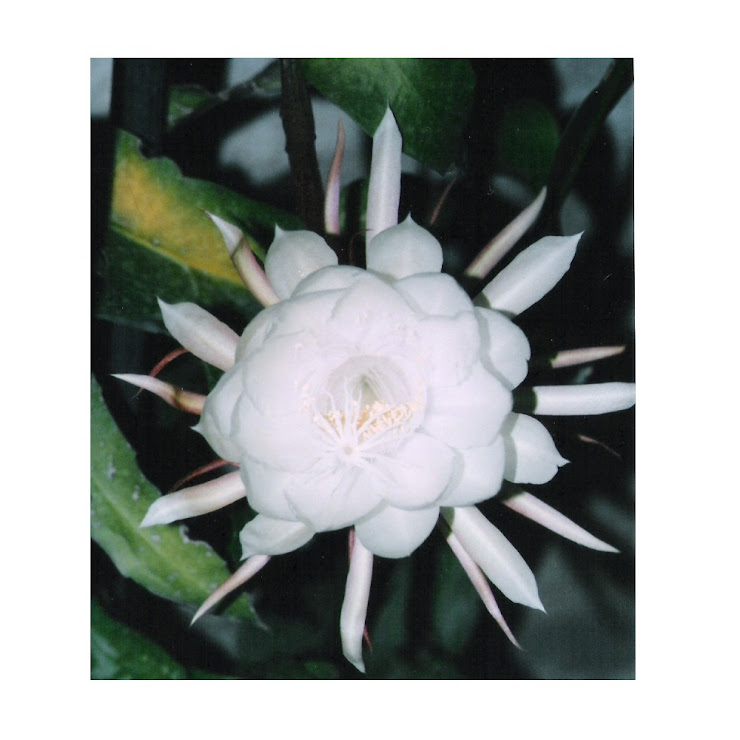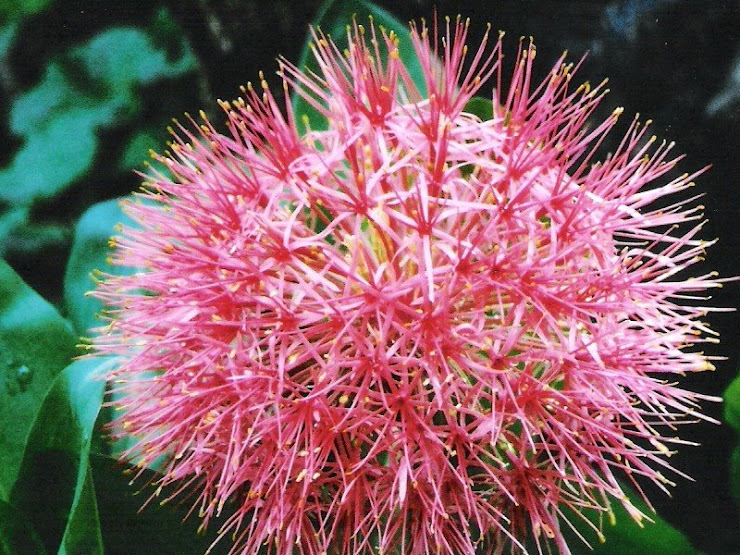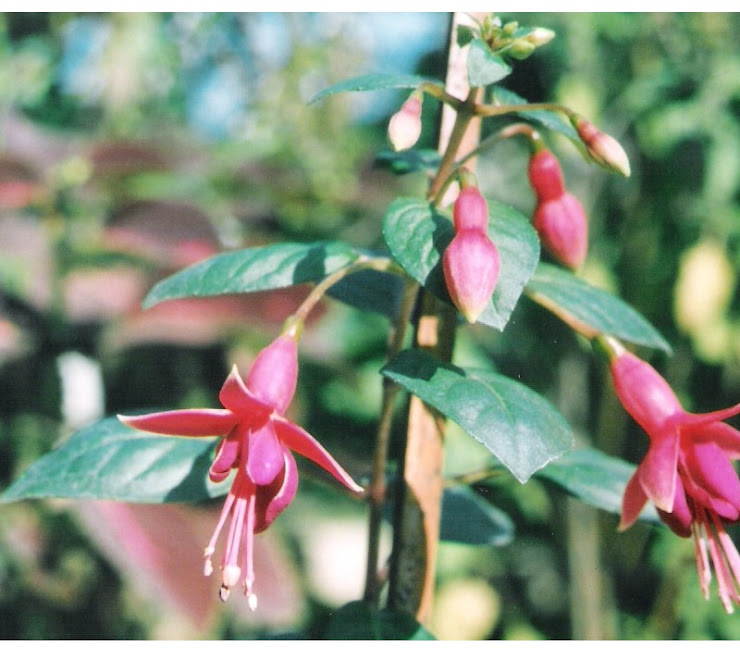


The Camellia is basically a sub-tropical flowering shrub and was imported into our country sometime during the British Raj. They love temperature of Around 15 ۫۫ 20 ۫ C. However, Camellia Japonica plants are very ruged and can survive at lower as well as higher temperatures.
When in bloom the are fully covered with the most beautiful and exotic flowere. Even before the flowering commences, their evergreen and waxy leaves give a pleasant look
Camellias grow best at the heights of 1000 to 3000 metres above sea level. They flourish in ACIDIC soils with a pH 6-7 and moist climates.
The hills of the Himalyias and the Shivalik as well as the foothills of these locations are ideal for the Camellias as the soil of this region is acidic in nature. Camellias can be also grown in the vallies surrounding these hills but you to ensure that the soil is acidic in nature.
The Camellias come in over 100 varieties. Flower colours range from white, pink - pale to deep and red - or a combinations of all three. The shape of the flowers resembell the rose flower in many ways. They come in singles, doubles and clusters. The flowering period extends from 2 to 3 months.
Camellia Japonica, like most camellias, grow and flower best in locations which are shaded from morning sun and sheltered from cold winter months. A heigh soil moisture level of around 60 % is desirable for their healthy growth..
Some of the Camellia veraties available are as under:
· Camellia japonica (pink to red flowers)
· Camellia x williamsii (pink to red flowers )
· Camellia Anticipation (deep rose coloured flower)
· Camellia Donation (pink to red flowers)
· Camellia Debbie (varigated yellow flowers)
· Camellia Golden Spangles (yellow flowers)
· Camellia Dazzle (red flowers)
The Camellia grow best in Acidic Soils with pH 6-7. If the acidity is higher the leaves turn yellow.
Theie growing habbits is very slow, hardly 30 – 40 cms a year.
You can grow them even in pots but you have to ensure that the soil is acidic in nature.
Since they thrive best in moist climates you would have to watch the watering schedule. In case the soil dries the buds either do not form or drop down.
Fertilisation level can be low. Give a regular dose of Organic Fertiliser and add leaf mould and mulch as this provides the required humus in the soil.
Propogation: You can propogate these plants by cuttings. The best period is early March.
It is however best to by one year old plants from the nursery as they are already well rotted and have excellent surrival chances.
When in bloom the are fully covered with the most beautiful and exotic flowere. Even before the flowering commences, their evergreen and waxy leaves give a pleasant look
Camellias grow best at the heights of 1000 to 3000 metres above sea level. They flourish in ACIDIC soils with a pH 6-7 and moist climates.
The hills of the Himalyias and the Shivalik as well as the foothills of these locations are ideal for the Camellias as the soil of this region is acidic in nature. Camellias can be also grown in the vallies surrounding these hills but you to ensure that the soil is acidic in nature.
The Camellias come in over 100 varieties. Flower colours range from white, pink - pale to deep and red - or a combinations of all three. The shape of the flowers resembell the rose flower in many ways. They come in singles, doubles and clusters. The flowering period extends from 2 to 3 months.
Camellia Japonica, like most camellias, grow and flower best in locations which are shaded from morning sun and sheltered from cold winter months. A heigh soil moisture level of around 60 % is desirable for their healthy growth..
Some of the Camellia veraties available are as under:
· Camellia japonica (pink to red flowers)
· Camellia x williamsii (pink to red flowers )
· Camellia Anticipation (deep rose coloured flower)
· Camellia Donation (pink to red flowers)
· Camellia Debbie (varigated yellow flowers)
· Camellia Golden Spangles (yellow flowers)
· Camellia Dazzle (red flowers)
The Camellia grow best in Acidic Soils with pH 6-7. If the acidity is higher the leaves turn yellow.
Theie growing habbits is very slow, hardly 30 – 40 cms a year.
You can grow them even in pots but you have to ensure that the soil is acidic in nature.
Since they thrive best in moist climates you would have to watch the watering schedule. In case the soil dries the buds either do not form or drop down.
Fertilisation level can be low. Give a regular dose of Organic Fertiliser and add leaf mould and mulch as this provides the required humus in the soil.
Propogation: You can propogate these plants by cuttings. The best period is early March.
It is however best to by one year old plants from the nursery as they are already well rotted and have excellent surrival chances.







No comments:
Post a Comment